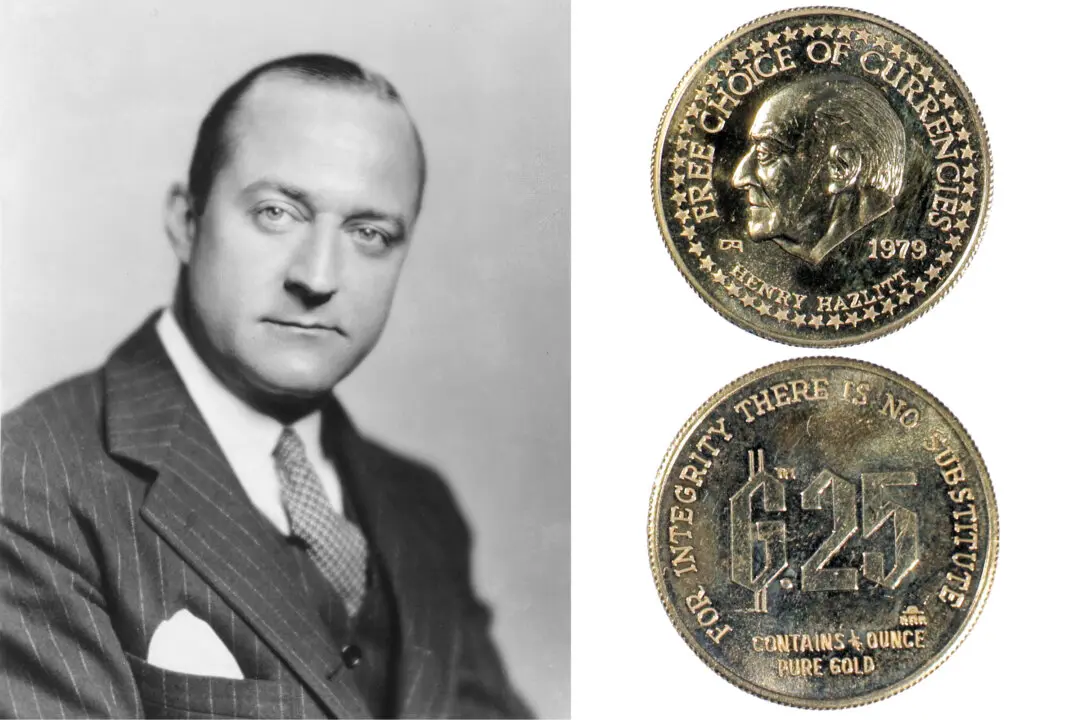Commentary
A squirrel named Peanut, also known as P'Nut, was rescued as a tiny baby in New York City, nursed to adulthood, and implausibly domesticated as a house pet by a couple living in Connecticut. The couple took in another pet, a raccoon named Fred, who similarly became a beloved member of the household. Then, with the revenue the couple earned from social media fame, they moved to New York state to start a licensed animal rescue service.





